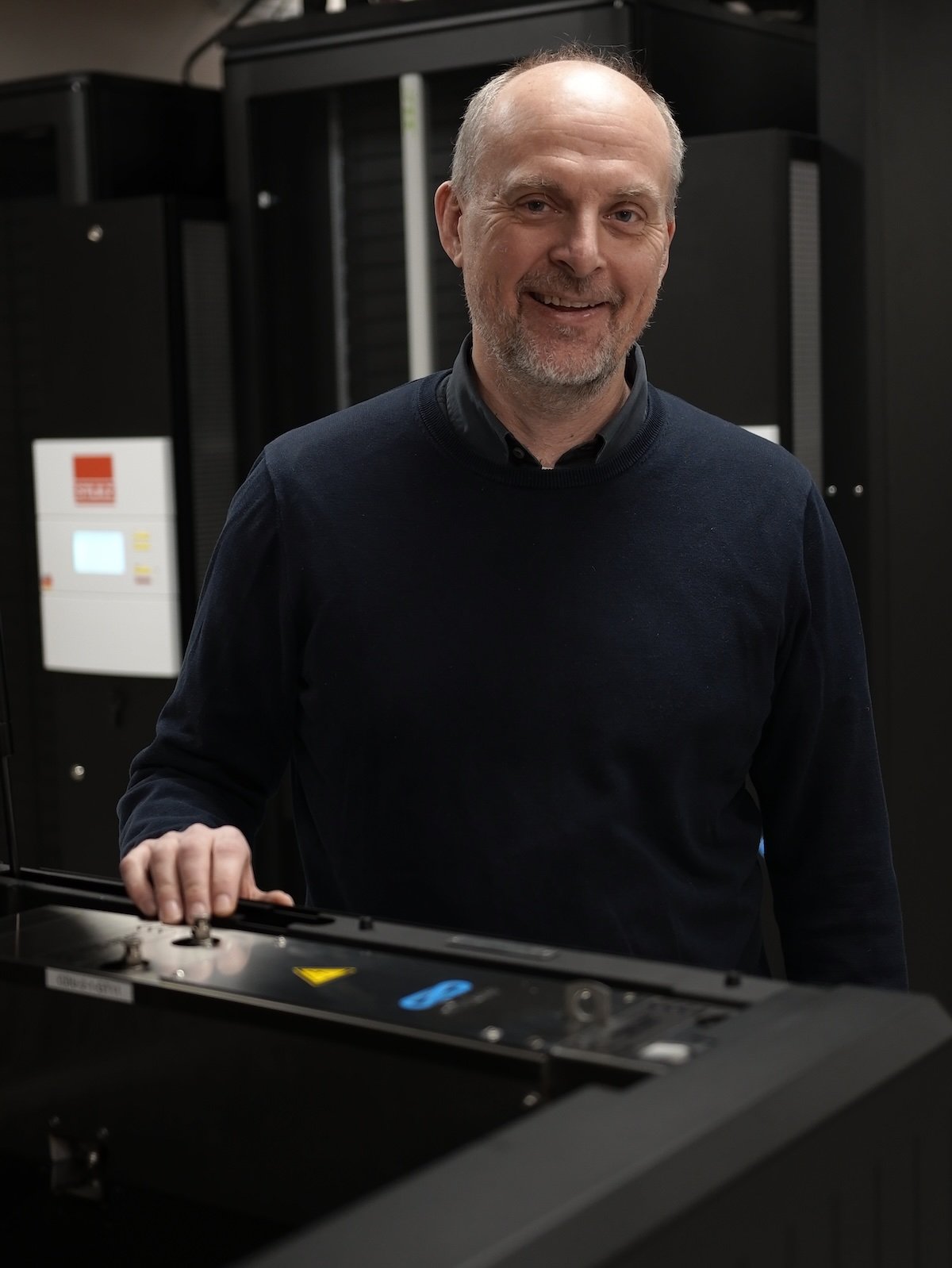Waste heat as a resource in data centers worldwide
DCD interviews Staffan Stymne, CEO of the Swedish company T.Loop, before his participation in DCD>Connect Madrid 2024.
Read the full Interview in Spanish at DCD Madrid.
In the midst of a climate emergency, all sectors must come together to be more environmentally responsible and secure a tomorrow for future generations. Data centers are an increasingly aware industry that promotes innovation to develop new technologies and apply best practices in their facilities.
However, according to the Swedish company T.Loop, data centers not only frequently produce an excess of heat but also serve as an excellent example of underutilized infrastructure capacity. This implies that the substantial investments made today by data center owners are only used for a fraction of the time, whereas they could significantly contribute to supporting local energy networks.
The construction, operation, and integration of data centers into the energy infrastructure of communities are of immense importance both for the planet and its inhabitants. This is the vision of this company that has created the Data Energy Centers concept. In this interview with DCD, CEO Staffan Stymne reflects on this topic before his participation in the DCD>Connect Madrid 2024 event, where, in addition to them, other companies from the Nordic countries will come to share their experiences and convey their knowledge and learning.
What are the main aspects that differentiate the data center sector in the Nordic countries from other European countries? The Nordic data center sector is unique due to several factors. Firstly, we have one of the cleanest energy mixes in Europe, predominantly free of fossil fuels. For example, moving a 10 MW computing load from Germany to Sweden can reduce CO2 emissions from 43,000 tons to just 2,600 tons.
Additionally, our naturally cool climate and abundant availability of land are significant advantages. With a small population and extensive land, it is easier to allocate space for data centers. The cool environment naturally aids the efficient operation of data centers through free cooling methods.
In urban areas, typically 90% of buildings are connected to the local district heating system. Moreover, we enjoy a predictable climate with mild summers and cold winters, but without extreme heat waves, earthquakes, or volcanic eruptions.
The conditions for recovering heat from data centers are excellent, as in Sweden we have a very extensive district heating sector. In urban areas, typically 90% of the buildings are connected to the local district heating system.
We are also proud of our high level of education. With a strong tradition in engineering and a history of leadership in technological advances in fields such as telecommunications, energy, and digitalization, we have a well-trained and experienced workforce.
Emphasizing a circular approach remains key to achieving lasting sustainable solutions in the data center industry. On the other hand, the Nordic countries are relatively lesser-known as a data center market, which could be seen as a negative, and those of us living here must accept the colder climate. But, overall, these factors make the Nordic countries an excellent place for data centers.
What are the main factors that have enabled the Nordic data center sector to lead in sustainability compared to other regions? I believe that the Nordic data center sector leads in sustainability, mainly thanks to the abundant supply of clean, fossil-free electricity and a deeply rooted environmental awareness across all public sectors and businesses. These factors drive a continuous search for sustainable innovation in the sector.
What are the main challenges the Nordic countries face on their path to continuous sustainability of data centers? A significant challenge for the Nordic countries in sustaining data center growth is ensuring a continuous supply of electricity. Even with our abundant renewable energy, we must adopt energy efficiency practices and utilize untapped energy resources to support the transition to green energy. A circular approach in data center operations is not just ideal; it is essential for our long-term sustainability.
How can these countries continue to innovate in sustainability to maintain their leadership position in the data center sector? That's a good question. In my opinion, to maintain their leadership, the Nordic countries must leverage their strong technical expertise and spirit of collaboration across sectors to devise solutions that optimize energy use and support digital development. Emphasizing a circular approach remains key to achieving lasting sustainable solutions in the data center industry.
What lessons can other countries or regions learn from the Nordic experience in data center sustainability? Other regions could learn from the Nordic commitment to intersectoral collaboration for energy efficiency. A vital lesson is not to regard heat as waste but as an asset, something the Nordics emphasize, and projects like the UK's Deep Green exemplify by using waste heat to heat swimming pools.

